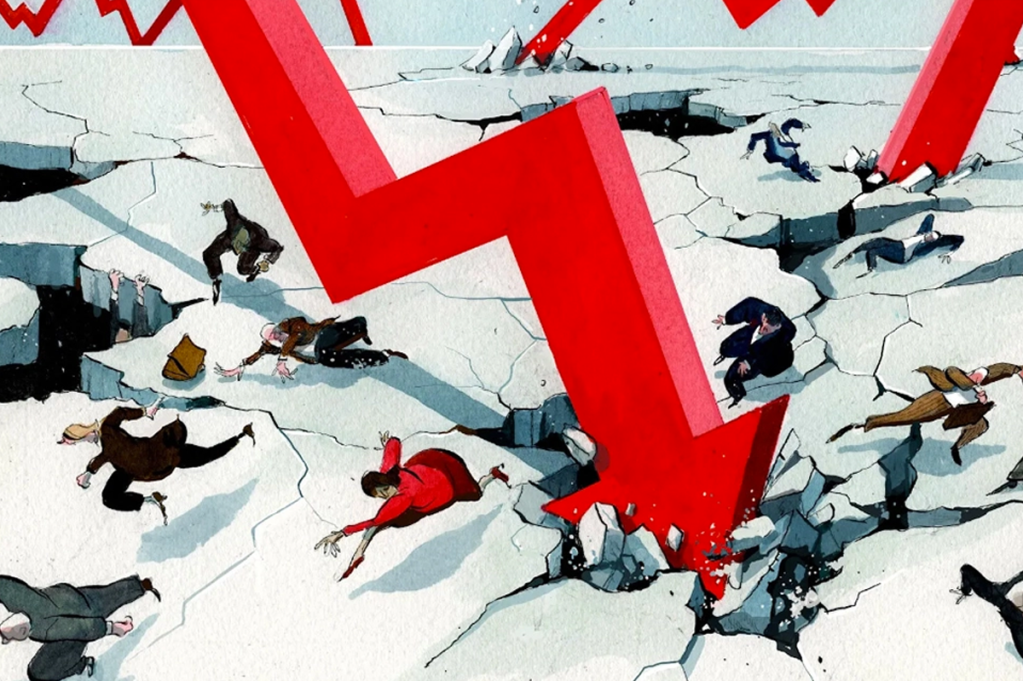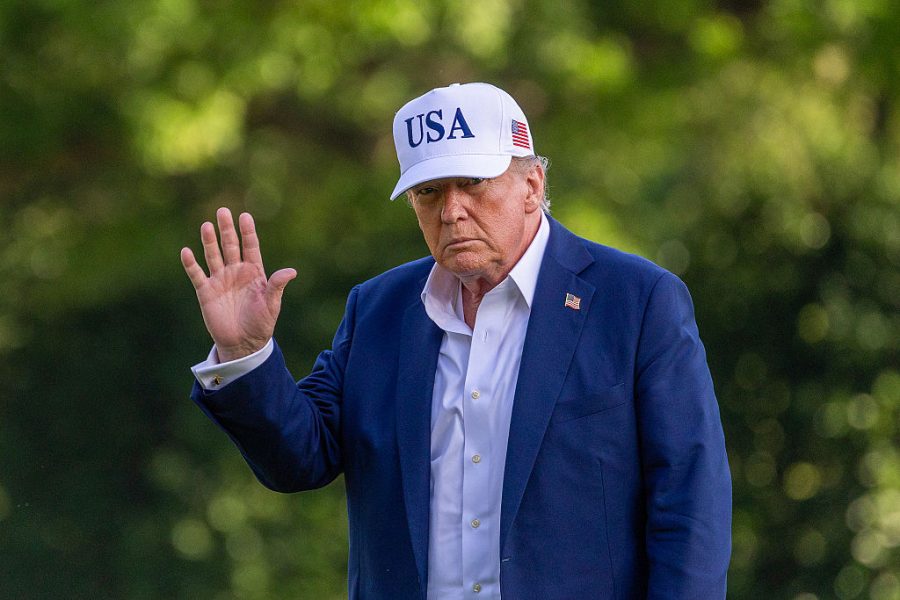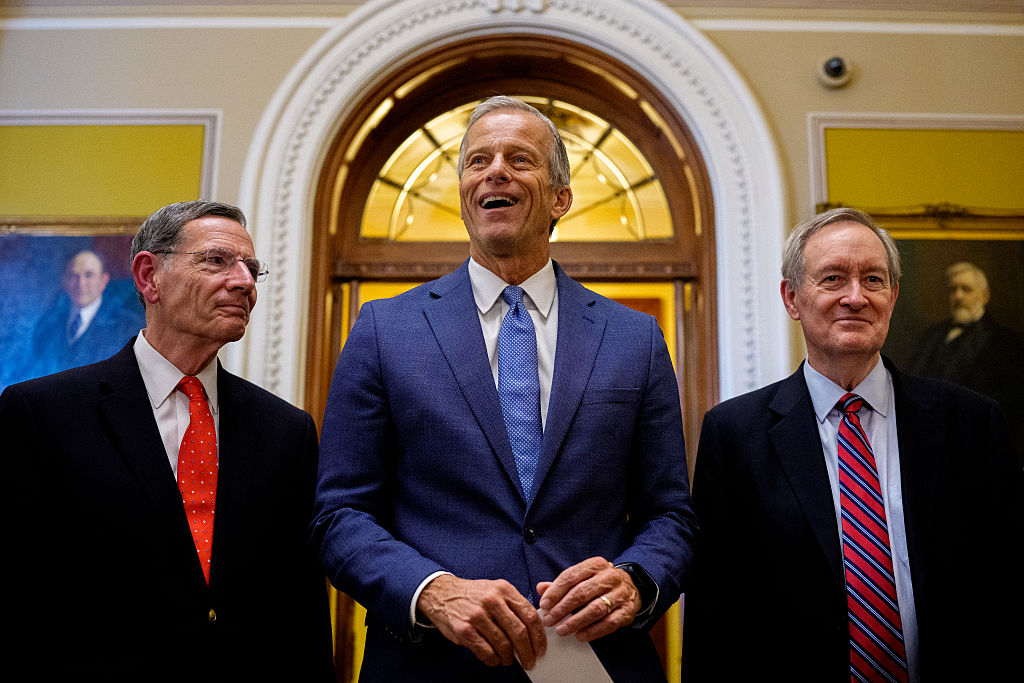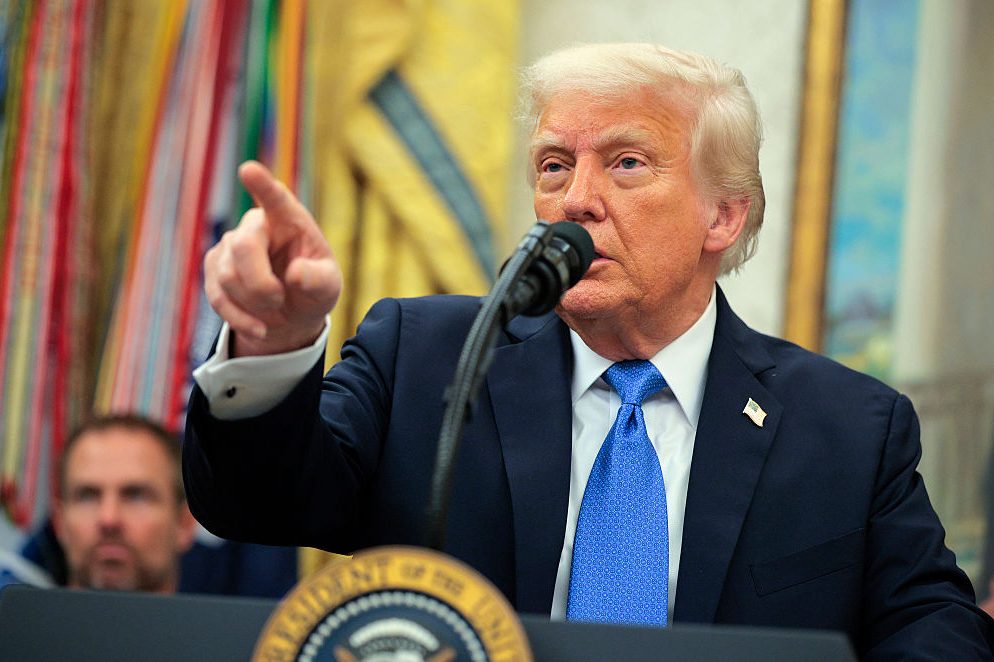You’ll recall that I’ve railed for years against zero interest rates, which transplanted a cancerous marrow into the very bones of the financial system. Originally a novel emergency expedience to shore up a fiscal skeleton riddled with osteoporosis in 2008, effectively free money was allowed to persist for an improbable fourteen years. Not to forget, bank rates also plummeted in 2002, barely recuperating to a modest 5 percent at last when the specter of the end of the world shoved rates smack down to nothing. Brief expedience slid to long-term crutch.
So we’ve really had two decades of central banks setting up lemonade stands on the corner: cups brimming with millions for five cents. Europe got downright dystopian with negative interest rates. I’ve long fantasized that if paying banks to take your money ever spread to the UK, I’d march to the teller with one of those ubiquitous blue IKEA bags and demand my deposit in cash. I’d have a hole in the garden at the ready.
Debtors from individuals to corporations to governments have gone on seemingly limitless spending sprees. Savers have been made to feel like fools. Anyone with a nest egg has been forced to put capital at risk in the shares casino or watch the stockpile steadily erode from inflation like a sandcastle in the rain. Remember that chilling acronym “TINA?” There is no alternative. But let’s quote David Bromberg: “A man should never gamble more than he can stand to lose.” Plenty of people have been compelled to gamble what they can’t lose.
Paltry interest rates haven’t only been profoundly unjust — making a mockery of prudence, frugality and the old-fashioned habit of paying for stuff with money you’ve already made, while encouraging recklessness, profligacy and the terribly modern habit of buying stuff with money you may never earn. Nil rates were also systemically irresponsible. Reward debt, get more debt. It shouldn’t surprise central bankers that sovereign debt is through the roof (the US government now owes an unimaginable $31 trillion), that corporations have never been more leveraged, or that household debt is climbing towards its pre-2008 high. Soaring debt is intrinsically unstable — building an economy on borrowed money is like constructing a house atop a big black pit — and fiscal stability is what central banks are meant to ensure, not an ever-rising stock market.
Yet when times are good, everyone assumes the party will never end. Absent the prompt return to reasonable interest rates that should have happened by the early 2010s, every single sector of the global economy happily adapted to a universe in which money will always be free. People bought houses they could only afford with tiny interest payments. Companies borrowed to buy back their own shares. Investors borrowed to throw loans into a can’t-lose stock market. Politicians ran up national debts whose servicing was only possible if interest rates remained negligible forever. So the rise of rates to what are still historically puny levels during this past year has triggered a collective wail: “Whadda ya mean we gotta pay real money for all these loans?”
While the “experts” maintained zilch-interest rates that fortified a systemic moral hazard, they made the situation even worse. To fuel this debt-fest, central banks conjured vast amounts of new currency from the ether through “quantitative easing.” (Really wish I’d been in the boardroom when calculating obscurantists cooked up this brilliantly opaque term. Bet they opened Champagne.) Ever wonder how massive increases in the supply of currency year upon year didn’t result in inflation? Well, way before 2022, QE did cause inflation. All these asset bubbles that’ve been drifting around our heads as if we were at a kid’s birthday party — in real estate, shares, art — were spheroids of floating inflation. Add the crowning idiocy — the double-stupid of the lockdowns themselves and the pandemic fire-hosing of made-up free cash on the populace — and inflation finally hit Main Street. Not only central bankers but anyone with an iota of economic literacy could have predicted today’s raging worldwide inflation beforehand (and some did).
I confess I take this matter personally. I may have learned to chuck old magazines, but fiscally I’m a hoarder. As a kid, on an allowance of twenty-five cents a week, ten cents of which I had to donate at church, I still saved money. In adulthood, I’ve squirreled away whatever I can (readers won’t be surprised that I’m eternally anticipating calamity), and I’ve never aspired to make a killing in the market. I suspect this is true of many in my generation: I dread dependency on others or the state. I mostly aspire to keep what I’ve earned. I’d have gladly stored my savings in an account whose interest payments barely kept ahead of inflation, so long as the principle was safe.
That is expressly what we’ve all been denied for the better part of twenty years. I am fuming with resentment. We savers have been treated with contempt, and we’ve been robbed. It’s a bitter solace that we can finally earn a meagre, say, 4 percent interest on our savings only now that, inflation being so high, our funds are still losing value.
The collapse of Silicon Valley Bank — the direct result of poor preparation for a steep rise in interest rates — is clearly concerning because bank runs can be contagious, and the scandals of 2008 have left depositors quite rationally skittish. But the other threat is that central bankers lose their nerve and retreat on sensible rate hikes. Given their knee-jerk response to economic wobbles in the past, it’s easy to imagine central bankers ramming rates right back to the floor in the face of more bank failures. Please, Jerome, don’t do it. The financial system has been warped for decades. Capitalism does not work if money is free. Zero interest rates should never have become the norm, and should never be installed again for more than five minutes.
Make that four.
This article was originally published in The Spectator’s UK magazine. Subscribe to the World edition here.

























